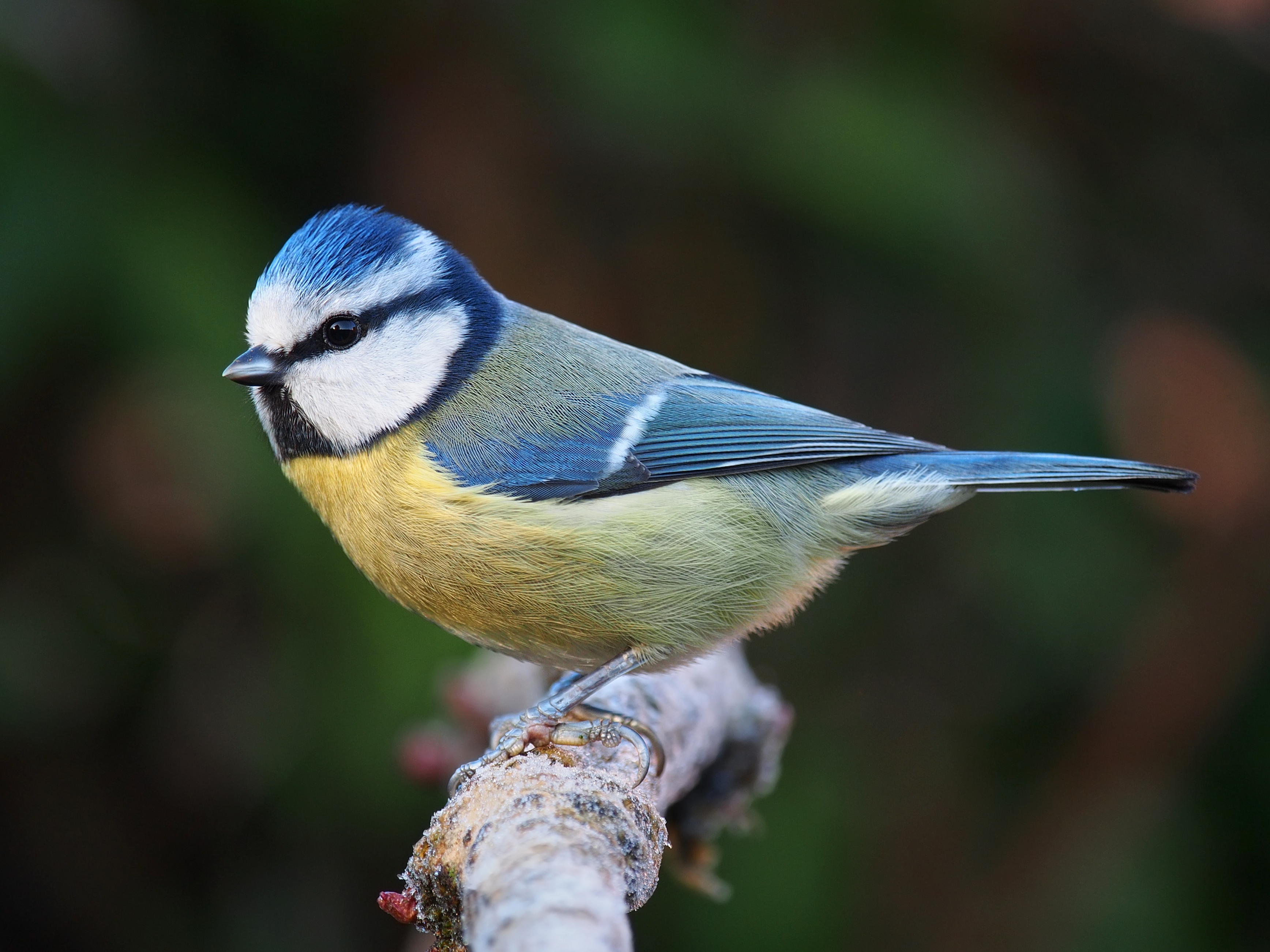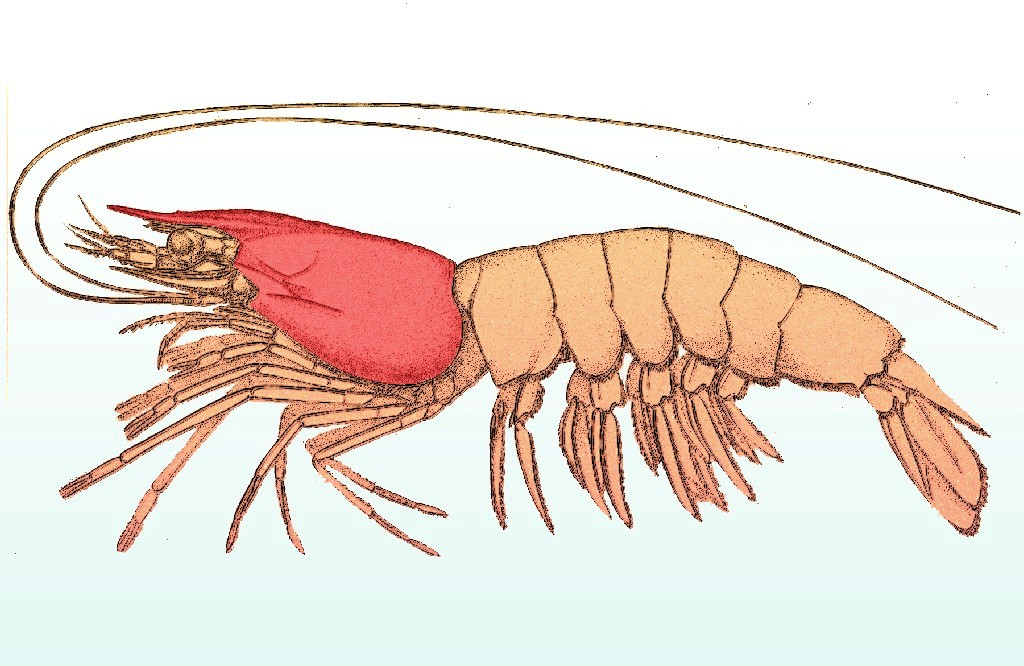|
Dictyna Arundinacea
''Dictyna arundinacea'' is a species of spider belonging to the family Dictynidae.Roberts, Michael J. (1996) ''Collins Field Guide - Spiders of Britain and Northern Europe'', Collins, , p. 83Jones, Dick (1989) ''A Guide to Spiders of Britain and Northern Europe'' (revised edition), Hamlyn, , p. 54 It has a holarctic distribution; It is found throughout Britain and northern Europe. The body length excluding legs is about 2 to 3.5 mm, the females being slightly larger than the males. The carapace is dark brown. The head is covered with five rows of white hairs. The abdomen has a pattern of white hairs with a gap in the cardiac region and at the rear.Savory, Theodore (1945) ''The Spiders & Allied Orders of the British Isles'', Warne, p. 82 The legs are brownish yellow. ''Dictyna arundinacea'' normally builds webs in the dried heads of plants and on gorse ''Ulex'' (commonly known as gorse, furze, or whin) is a genus of flowering plants in the family Fabaceae. The genus com ... [...More Info...] [...Related Items...] OR: [Wikipedia] [Google] [Baidu] |
Species
In biology, a species is the basic unit of Taxonomy (biology), classification and a taxonomic rank of an organism, as well as a unit of biodiversity. A species is often defined as the largest group of organisms in which any two individuals of the appropriate sexes or mating types can reproduction, produce Fertility, fertile offspring, typically by sexual reproduction. Other ways of defining species include their karyotype, DNA sequence, morphology (biology), morphology, behaviour or ecological niche. In addition, paleontologists use the concept of the chronospecies since fossil reproduction cannot be examined. The most recent rigorous estimate for the total number of species of eukaryotes is between 8 and 8.7 million. However, only about 14% of these had been described by 2011. All species (except viruses) are given a binomial nomenclature, two-part name, a "binomial". The first part of a binomial is the genus to which the species belongs. The second part is called the specifi ... [...More Info...] [...Related Items...] OR: [Wikipedia] [Google] [Baidu] |
Spider
Spiders (order Araneae) are air-breathing arthropods that have eight legs, chelicerae with fangs generally able to inject venom, and spinnerets that extrude silk. They are the largest order of arachnids and rank seventh in total species diversity among all orders of organisms. Spiders are found worldwide on every continent except for Antarctica, and have become established in nearly every land habitat. , 50,356 spider species in 132 families have been recorded by taxonomists. However, there has been debate among scientists about how families should be classified, with over 20 different classifications proposed since 1900. Anatomically, spiders (as with all arachnids) differ from other arthropods in that the usual body segments are fused into two tagmata, the cephalothorax or prosoma, and the opisthosoma, or abdomen, and joined by a small, cylindrical pedicel, however, as there is currently neither paleontological nor embryological evidence that spiders ever had a sep ... [...More Info...] [...Related Items...] OR: [Wikipedia] [Google] [Baidu] |
Dictynidae
Dictynidae is a family of cribellate, hackled band-producing spiders first described by Octavius Pickard-Cambridge in 1871. Most build irregular webs on or near the ground, creating a tangle of silken fibers among several branches or stems of one plant. The genus '' Argyroneta'' has been placed in a separate family Argyronetidae, but the family is not accepted by the World Spider Catalog and the genus is included in the Dictynidae. Genera , the World Spider Catalog accepts the following genera: *'' Adenodictyna'' Ono, 2008 — Japan *''Aebutina'' Simon, 1892 — Ecuador, Brazil *''Ajmonia'' Caporiacco, 1934 — Asia, Algeria *''Altella'' Simon, 1884 — Europe, Asia, Algeria *'' Anaxibia'' Thorell, 1898 — Asia, Africa *''Arangina'' Lehtinen, 1967 — New Zealand *'' Archaeodictyna'' Caporiacco, 1928 — Asia, Europe, Africa *''Arctella'' Holm, 1945 — Asia, North America *'' Argenna'' Thorell, 1870 — Asia, North America *'' Argennina'' Gertsch & Mulaik, 1936 — United Sta ... [...More Info...] [...Related Items...] OR: [Wikipedia] [Google] [Baidu] |
Holarctic
The Holarctic realm is a biogeographic realm that comprises the majority of habitats found throughout the continents in the Northern Hemisphere. It corresponds to the floristic Boreal Kingdom. It includes both the Nearctic zoogeographical region (which covers most of North America), and Alfred Wallace's Palearctic zoogeographical region (which covers North Africa, and all of Eurasia except for Southeast Asia, the Indian subcontinent, the southern Arabian Peninsula). These regions are further subdivided into a variety of ecoregions. Many ecosystems and the animal and plant communities that depend on them extend across a number of continents and cover large portions of the Holarctic realm. This continuity is the result of those regions’ shared glacial history. Major ecosystems Within the Holarctic realm, there are a variety of ecosystems. The type of ecosystem found in a given area depends on its latitude and the local geography. In the far north, a band of Arctic tun ... [...More Info...] [...Related Items...] OR: [Wikipedia] [Google] [Baidu] |
Carapace
A carapace is a dorsal (upper) section of the exoskeleton or shell in a number of animal groups, including arthropods, such as crustaceans and arachnids, as well as vertebrates, such as turtles and tortoises. In turtles and tortoises, the underside is called the plastron. Crustaceans In crustaceans, the carapace functions as a protective cover over the cephalothorax (i.e., the fused head and thorax, as distinct from the abdomen behind). Where it projects forward beyond the eyes, this projection is called a rostrum. The carapace is calcified to varying degrees in different crustaceans. Zooplankton within the phylum Crustacea also have a carapace. These include Cladocera, ostracods, and isopods, but isopods only have a developed "cephalic shield" carapace covering the head. Arachnids In arachnids, the carapace is formed by the fusion of prosomal tergites into a single plate which carries the eyes, ocularium, ozopores (a pair of openings of the scent gland of Opilione ... [...More Info...] [...Related Items...] OR: [Wikipedia] [Google] [Baidu] |
Abdomen
The abdomen (colloquially called the belly, tummy, midriff, tucky or stomach) is the part of the body between the thorax (chest) and pelvis, in humans and in other vertebrates. The abdomen is the front part of the abdominal segment of the torso. The area occupied by the abdomen is called the abdominal cavity. In arthropods it is the posterior tagma of the body; it follows the thorax or cephalothorax. In humans, the abdomen stretches from the thorax at the thoracic diaphragm to the pelvis at the pelvic brim. The pelvic brim stretches from the lumbosacral joint (the intervertebral disc between L5 and S1) to the pubic symphysis and is the edge of the pelvic inlet. The space above this inlet and under the thoracic diaphragm is termed the abdominal cavity. The boundary of the abdominal cavity is the abdominal wall in the front and the peritoneal surface at the rear. In vertebrates, the abdomen is a large body cavity enclosed by the abdominal muscles, at front and to ... [...More Info...] [...Related Items...] OR: [Wikipedia] [Google] [Baidu] |
Gorse
''Ulex'' (commonly known as gorse, furze, or whin) is a genus of flowering plants in the family Fabaceae. The genus comprises about 20 species of thorny evergreen shrubs in the subfamily Faboideae of the pea family Fabaceae. The species are native to parts of western Europe and northwest Africa, with the majority of species in Iberia. Gorse is closely related to the brooms and like them has green stems and very small leaves and is adapted to dry growing conditions. However it differs in its extreme thorniness, the shoots being modified into branched thorns long, which almost wholly replace the leaves as the plant's functioning photosynthetic organs. The leaves of young plants are trifoliate, but in mature plants they are reduced to scales or small spines. All the species have yellow flowers, generally showy, some with a very long flowering season. Species The greatest diversity of ''Ulex'' species is found in the Iberian Peninsula, and most species have narrow distribut ... [...More Info...] [...Related Items...] OR: [Wikipedia] [Google] [Baidu] |
Ericaceae
The Ericaceae are a family of flowering plants, commonly known as the heath or heather family, found most commonly in acidic and infertile growing conditions. The family is large, with c.4250 known species spread across 124 genera, making it the 14th most species-rich family of flowering plants. The many well known and economically important members of the Ericaceae include the cranberry, blueberry, huckleberry, rhododendron (including azaleas), and various common heaths and heathers ('' Erica'', '' Cassiope'', '' Daboecia'', and ''Calluna'' for example). Description The Ericaceae contain a morphologically diverse range of taxa, including herbs, dwarf shrubs, shrubs, and trees. Their leaves are usually evergreen, alternate or whorled, simple and without stipules. Their flowers are hermaphrodite and show considerable variability. The petals are often fused ( sympetalous) with shapes ranging from narrowly tubular to funnelform or widely urn-shaped. The corollas are usually r ... [...More Info...] [...Related Items...] OR: [Wikipedia] [Google] [Baidu] |
Spiders Described In 1758
Spiders (order Araneae) are air-breathing arthropods that have eight legs, chelicerae with fangs generally able to inject venom, and spinnerets that extrude silk. They are the largest order of arachnids and rank seventh in total species diversity among all orders of organisms. Spiders are found worldwide on every continent except for Antarctica, and have become established in nearly every land habitat. , 50,356 spider species in 132 families have been recorded by taxonomists. However, there has been debate among scientists about how families should be classified, with over 20 different classifications proposed since 1900. Anatomically, spiders (as with all arachnids) differ from other arthropods in that the usual body segments are fused into two tagmata, the cephalothorax or prosoma, and the opisthosoma, or abdomen, and joined by a small, cylindrical pedicel, however, as there is currently neither paleontological nor embryological evidence that spiders ever had a ... [...More Info...] [...Related Items...] OR: [Wikipedia] [Google] [Baidu] |
Taxa Named By Carl Linnaeus
In biology, a taxon (back-formation from ''taxonomy''; plural taxa) is a group of one or more populations of an organism or organisms seen by taxonomists to form a unit. Although neither is required, a taxon is usually known by a particular name and given a particular ranking, especially if and when it is accepted or becomes established. It is very common, however, for taxonomists to remain at odds over what belongs to a taxon and the criteria used for inclusion. If a taxon is given a formal scientific name, its use is then governed by one of the nomenclature codes specifying which scientific name is correct for a particular grouping. Initial attempts at classifying and ordering organisms (plants and animals) were set forth in Carl Linnaeus's system in ''Systema Naturae'', 10th edition (1758), as well as an unpublished work by Bernard and Antoine Laurent de Jussieu. The idea of a unit-based system of biological classification was first made widely available in 1805 in the in ... [...More Info...] [...Related Items...] OR: [Wikipedia] [Google] [Baidu] |





